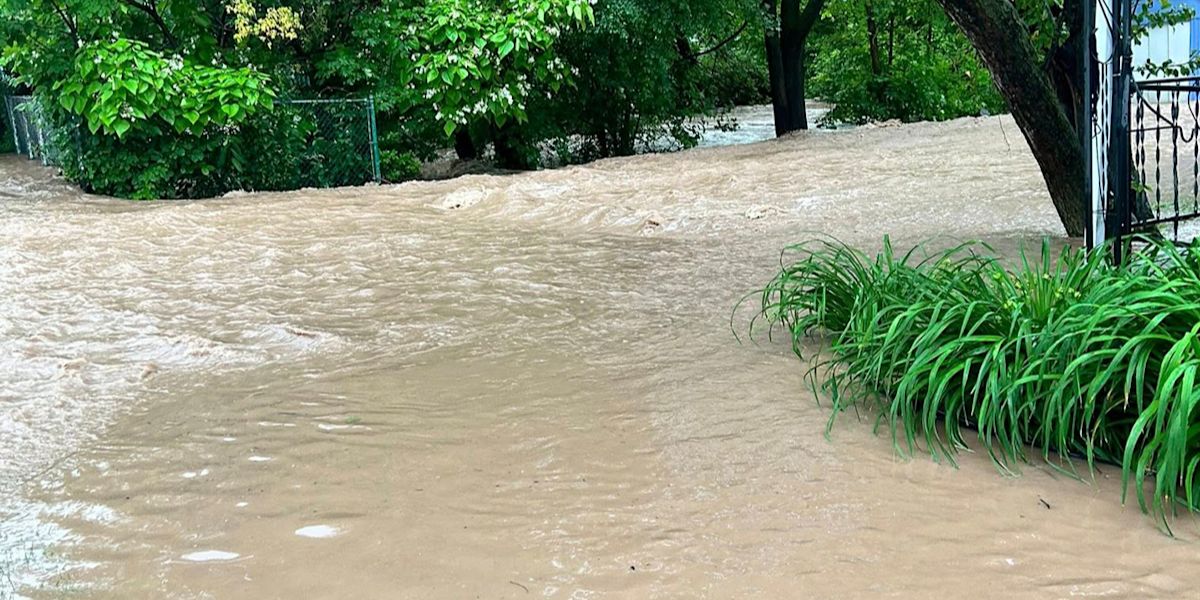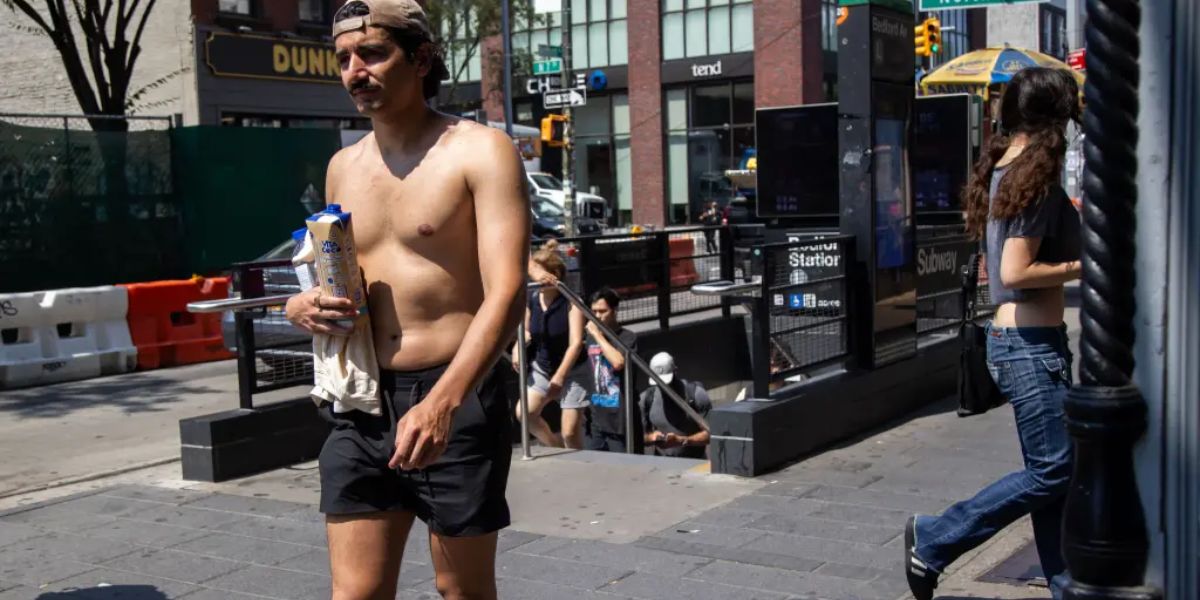Mayor of D.C. Muriel Bowser has issued an excessive heat advisory for Monday, Tuesday, and Wednesday in addition to a heat notice for Sunday.
An severe heat alert indicates that temperatures will feel like 105 degrees or more, while a heat alert indicates that temperatures will feel like 94 to 104 degrees.
In addition to low barrier shelters and day facilities for homeless people, the District has constructed cooling centers. Additionally, the city’s splash pads and pools are open. A map of cooling centers is available here.
The shelter hotline can be reached at (202) 399-7093 or by calling 311 if you or someone else requires accessible and free transportation to a cooling center.
In order to minimize heat-related illnesses, doctors advise individuals to stay indoors as much as possible, but if they must be outside, they advise staying hydrated, dressing loosely and light, applying sunscreen, and avoiding physically demanding activities.
Pets should be kept indoors for their owners’ and their own protection. Water breaks should be incorporated into early morning walks.
Call the Brandywine Valley SPCA at 202-888-7387 if you find an animal left outside or in a hot car.
Leaders in D.C. also want to urge people to check on vulnerable neighbors and the elderly.
Indications of heat-related ailments
Understanding the warning signs and symptoms of heat-related illnesses is essential during a heatwave like this one.
According to the National Weather Service, heat cramps can occasionally be the initial symptom of a more severe heat-related disease, such as heat exhaustion or heat stroke.
Painful cramps or spasms are among the symptoms, which can be managed by putting hard pressure on the affected muscle. Water can also be administered to the person as long as they are not feeling queasy.
Read Also: Weekend heat wave to hit Southern California; officials urge hydration
Seek medical help if symptoms intensify, persist for more than an hour, or cause vomiting. Additionally, there is a chance of heat exhaustion, which manifests as the following symptoms:
- Excessive perspiration
- Fatigue or weakness
- Cool, clammy, and pallid skin
- weak, rapid pulse
- cramping in the muscles
- Lightheadedness
- Vomiting or feeling queasy
- Headache and fainting
According to the National Weather Service, get medical help right away if these symptoms worsen, last for more than an hour, or cause vomiting.
Have them sit in a cool bath or move them to a cooler environment, relax their clothes, give them sips of water, and apply cool, damp towels.
Additionally, keep an eye out for heatstroke, which is always a medical emergency and lethal if left untreated.
The National Weather Service advises calling 911 or taking the person to the hospital if heatstroke is suspected.
Try to lower their body temperature in the interim by giving them a bath or using cool, damp cloths. If the heat index is below 90 degrees, a fan can also be utilized; otherwise, it might cause more harm than good.
The symptoms can include the following and are not all that dissimilar from those of heat exhaustion:
- A headache
- Perplexity
- Feeling queasy
- Lightheadedness
- Over 103 degrees is the body temperature.
- Skin that is hot, red, dry, or wet
- Strong and quick pulse
- Loss of awareness or fainting
According to the Centers for Disease Control and Prevention, many common drugs increase the risk of heat-related illness, so people taking certain prescription or over-the-counter medications should exercise extra caution.



